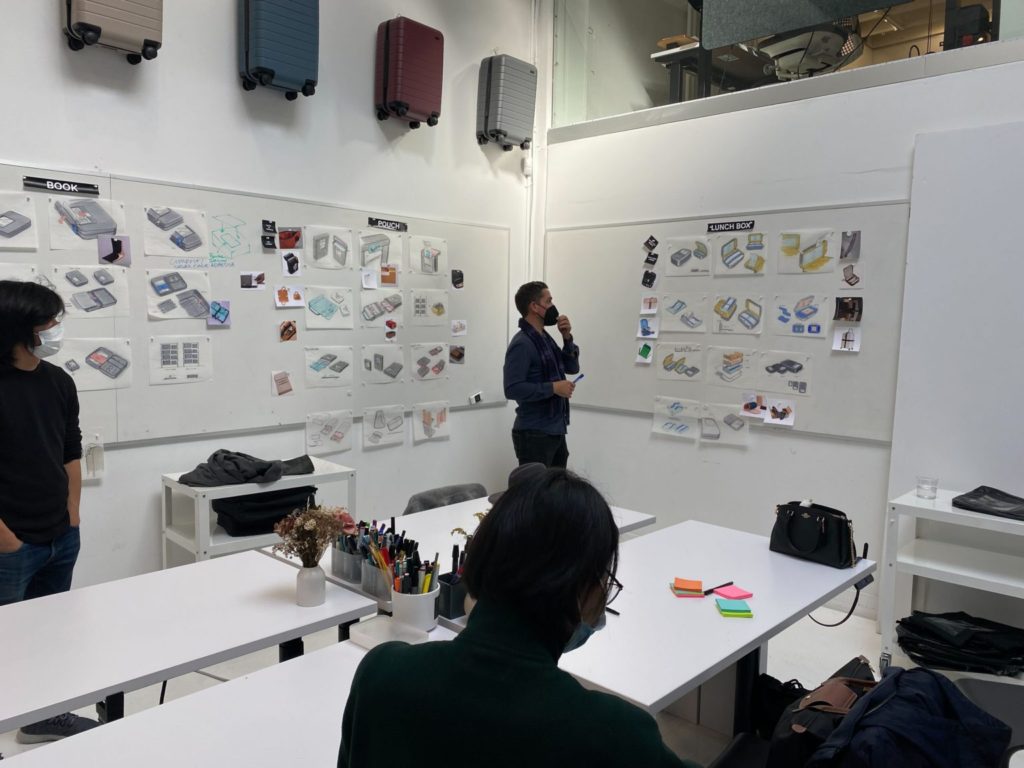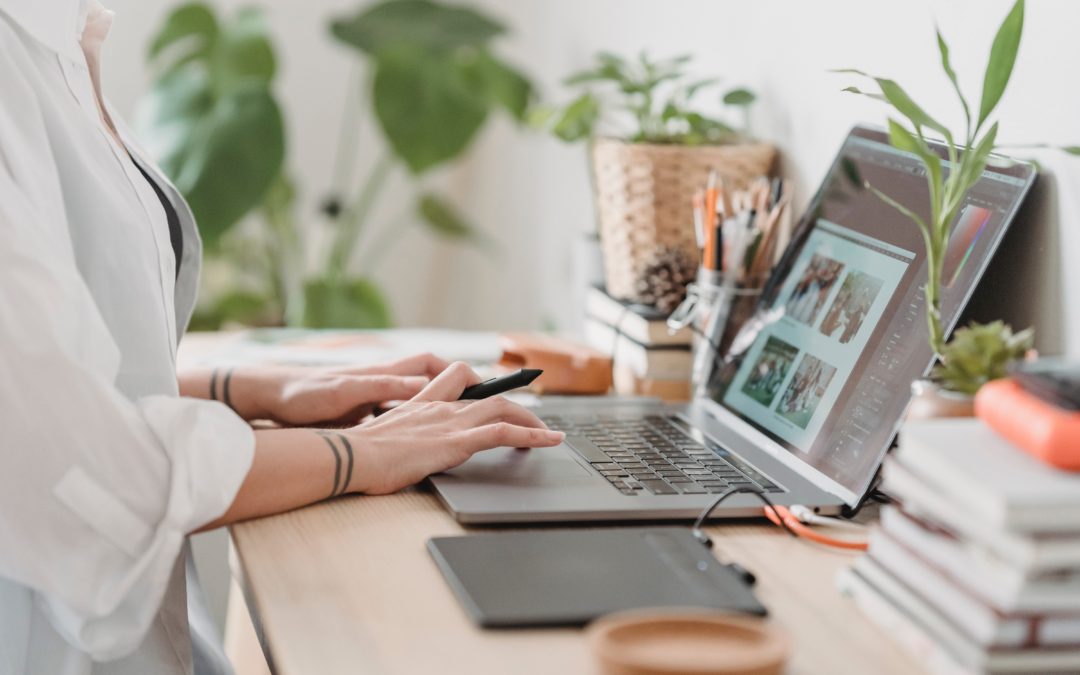There are really two main goals when it comes to designing reusable packaging from our perspective:
- Packages need to be efficient in design, and
- Packages need to be made sustainably
Naturally, there are a number of different factors to take into consideration to achieve the above two goals. You want your reusable packaging to be functional, durable and environmentally friendly which can become quite a complex process.
Some of the key considerations that go into designing reusable packaging include:
- Materials selection – What type of material will be best? Does it need to be water resistant? Where should we source these materials? Is it sustainable?
- Design considerations – What is important in your design? Do you have any transportation needs? What about zippers, flaps, snaps, fasteners, etc.? Specific sizes?
- Environmental considerations – Does it minimize waste across the entire supply chain? Think: sourcing, transportation to manufacturer, energy to develop, etc.
- Cleaning and sanitization – Is it easy to clean, wash and sterilize?
- Cost considerations – Is this cost justified? How does it compare to single-use and what are the long-term investments?
To better understand the actual details of these factors, I went to the pros. I spent some time with Angela Kwok, LimeLoop’s own VP of Operations, to better understand what goes into designing our own reusable packaging.
Here’s what she had to say…
Design with the pros
1. First, what do you look for when shopping for manufacturers and when sourcing materials to minimize waste and be as environmentally friendly as possible?
Angela: When looking for manufacturing partners, we think about diversification and sustainability, from both environmental and social perspectives. We have established nearshore manufacturing partners to diversify our supply chain, shorten lead times, and reduce the environmental impact associated with transportation of our finished products. We look for manufacturing partners that have fair wages and safe working conditions.
In terms of sourcing and selecting suppliers for the materials, we also look at environmental and social sustainability. For example, we partner with REPREVE — sourcing recycled polyester (RPET) from certified mills and participating in their take-back program for RPET at end-of-use. When sourcing materials, we have also taken best practices from brands like Everlane, such as referencing the International Labour Organization regarding different countries’ practices and risks.
2. How long does it typically take to design and develop a reusable package that is efficient and sustainable?
Angela: While it may only take weeks to design and develop a first prototype, it takes months or even years to iterate and launch a new reusable package that is efficient, durable, and sustainable. Over the years, we have learned how reusable packages are handled throughout the supply chain — by warehouses, carriers, consumers, and retail stores. Beyond that, we’ve learned about constraints in these different systems and environments. Through these learnings, we have been able to iterate on our design to improve the users’ experiences with the packages and extend the lifetime of the packages, before being repaired, upcycled, or recycled.
With these learnings, we can accelerate the development of additional package types and sizes. We still recognize that different use cases can pose new challenges, hence the importance of testing and iterating.

LimeLoop designing with the Box Clever team.
3. From years of designing, what have you learned in terms of materials that work well and maybe materials that have been a challenge? What materials are best suited for creating a durable and reusable package that can withstand transportation and handling?
Angela: Towards circularity, it is important to consider the recyclability of the materials being used. We have selected recycled PET and polypropylene (PP) as the primary materials in our packaging for their durability and recyclability.
We also found an opportunity to improve upon single-use alternatives, such as corrugated cardboard boxes. Paper-based corrugated cardboard boxes and paper mailers can get wet in the rain and cause damage to the products inside. To quote one of our partners, the paper mailers looked like “giant wet tea bags” after being in the rain. We selected materials that are either water-resistant or waterproof. This improves the unboxing experience and the durability of the packages.
Another decision point in the process has also been balancing durability with cost. While a heavier and thicker fabric is more durable, it adds cost in manufacturing as well as cost in shipping costs for our retailer. We balance the best of both by using different exterior and interior lining materials to ensure durability through transportation and handling, while making the packages as lightweight as possible.
4. Roughly, what is the cost of manufacturing a reusable package, and how does it compare to the cost of a single-use alternative?
Angela: The cost of manufacturing a reusable package is several times more than that for a single-use alternative. Much like the environmental impact, the benefit comes over time with needing fewer packages. Our packages are designed to be used for 100 cycles, replacing 100 single-use alternatives. That means, 99 packages that you do not need to manufacture for each reusable package which will offset the costs long-term.
5. How do you track the sustainability of our reusable packages? What are the metrics here that really matter?
Angela: As you may have expected, one of the key metrics is the number of cycles the reusable packages get reused. Based on a conducted life cycle assessment, our reusable packages need to be used between 2 and 6 uses to be better than the corrugated cardboard box equivalent from a CO2 perspective, depending on the package type and size.
This is where our technology platform comes into play, to track and improve upon these metrics. The sensor technology embedded in our packages allows us to track the number of cycles and reduce the number of lost packages through track and trace. Through our platform, reminders can easily be set up to encourage consumers to return the packages. Most consumers intend to return and want to do the sustainable thing, but we understand, life is busy! The timely reminders and different incentive programs allowed through our platform encourage the reuse rate.
Your reusable packaging
In order to get an efficient and sustainable final product, this process can take quite a bit of time and testing, but the long-term investment and pay-off is worth it. And thankfully, LimeLoop has done it for you so you don’t have to.
We hope to change the mentality from single-use waste to reusable materials in more than just packaging so we can truly deliver a world without waste.
Reusable packaging for your supply chain or ecommerce is ready for you when you are.

